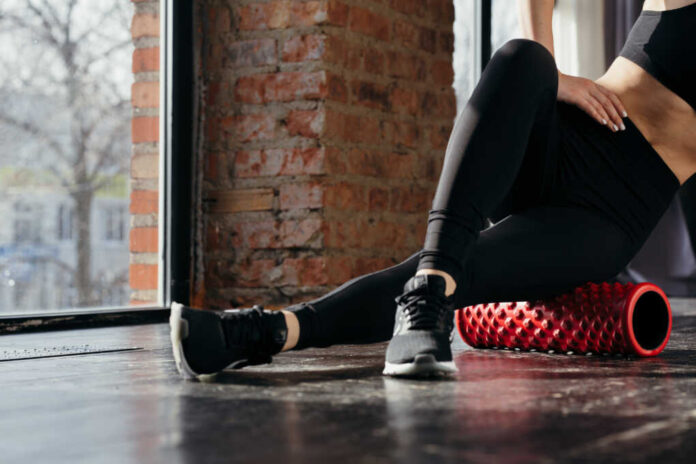
Mobilizing hip stretches are gaining traction for their significant benefits on hip range of motion, but it’s crucial to consider proper technique to maximize results and prevent injury.
Story Snapshot
- UrbnBurn promotes four key hip mobilization stretches to enhance flexibility.
- Research supports the effectiveness of mobilization techniques for improving hip range of motion.
- Proper technique is critical to avoid compensatory movements and ensure safety.
- Increased public interest in functional fitness and mobility training.
Evidence-Backed Hip Mobilization Techniques
Mobilizing hip stretches, particularly those that incorporate joint mobilization and dynamic movements, are becoming a staple in fitness routines. Recent studies have demonstrated significant improvements in hip adduction, internal and external rotation, and functional balance. Techniques such as the posterior pelvic tilt stretch (PPTS) are highlighted for their ability to reduce hip flexor force, potentially outperforming traditional static stretches. This aligns with the growing emphasis on functional fitness, where mobility and flexibility are crucial for overall physical health.
Fitness enthusiasts and professionals are increasingly turning to evidence-based mobilization techniques. UrbnBurn, a prominent fitness brand, has capitalized on this trend by promoting four specific mobilizing hip stretches aimed at increasing range of motion and alleviating hip tightness. Their approach is not just about static stretching but includes mobilizing routines that engage multiple muscle groups and joints, which is essential for those with sedentary lifestyles or musculoskeletal issues.
Hip openers get you so good https://t.co/jwamiAOYxt
— $uper$tarfi$h (@wellpressed) September 17, 2025
The Importance of Technique and Supervision
While the benefits of mobilizing hip stretches are clear, experts caution against improper technique, which can lead to compensatory movements and potential injuries. Proper alignment and supervision are crucial, especially for beginners or those with existing health concerns. Fitness professionals recommend integrating mobilization and dynamic stretching into regular exercise routines, ensuring participants understand the correct form and execution. This not only maximizes benefits but also minimizes the risk of injury.
Ongoing research continues to refine these techniques, emphasizing the need for consistent practice to achieve long-term benefits. While immediate improvements in hip range of motion are well-documented, sustained results require dedication and correct execution.
Broader Impact and Industry Adoption
The popularity of mobilizing hip stretches reflects a broader trend in the fitness and wellness industry towards functional movement and mobility training. Increased public awareness of the importance of hip health has led to a surge in demand for programs focusing on flexibility and range of motion. As mobility routines become an integral part of fitness and rehabilitation programs, they offer significant economic opportunities for instructors and physical therapists. The fitness community is keen to adopt these evidence-backed practices to enhance performance, prevent injuries, and improve quality of life for individuals of all ages.
Sources:
Effects of Hip Joint Mobilizations Using a Mobilization Belt on Hip Range of Motion and Functional Outcomes: A Case Series
The Effect of Posterior Pelvic Tilt on Hip Flexor Force
Long-term Effects of Hip Mobilization Techniques on Range of Motion
Effect of Mobilization With Movement and Passive Stretching on Hip Range of Motion


















